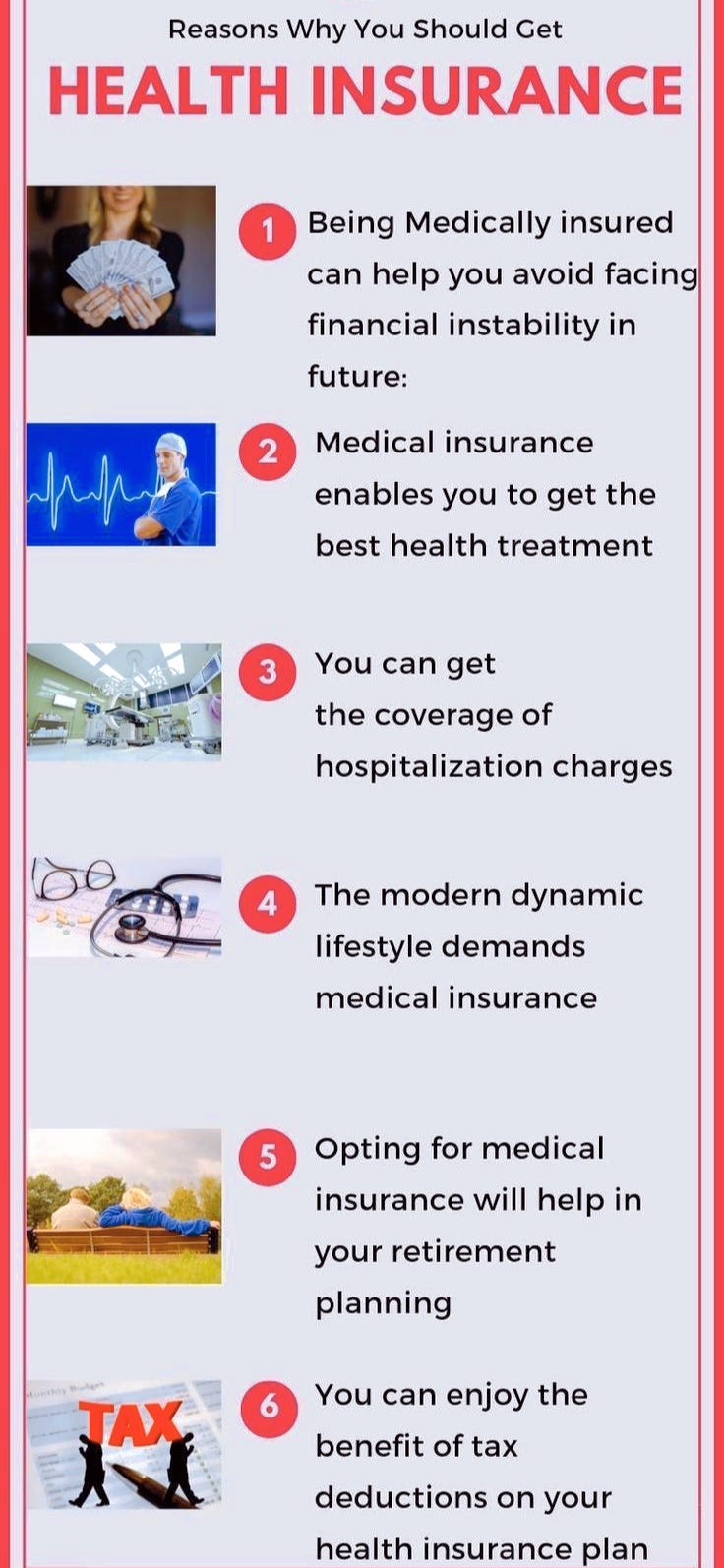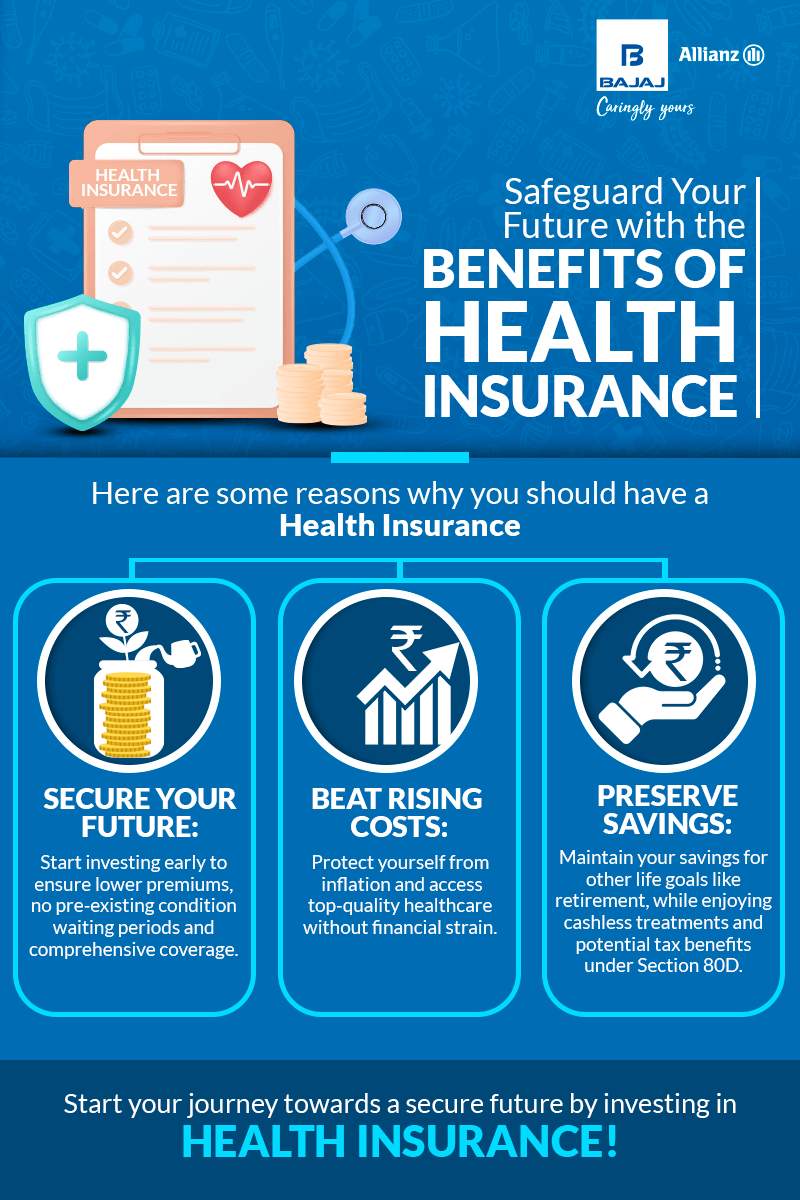10 Easy Facts About Medicare Advantage Agent Shown
10 Easy Facts About Medicare Advantage Agent Shown
Blog Article
Not known Details About Medicare Advantage Agent
Table of ContentsThe Only Guide to Medicare Advantage Agent4 Simple Techniques For Medicare Advantage AgentThe Single Strategy To Use For Medicare Advantage Agent

complies with from confusing the reasonably young age profile of the without insurance with the much better health, on standard, of younger individuals. This obscures the web link between wellness status and health and wellness insurance coverage. For those without accessibility to work environment medical insurance, inadequate health is a potential obstacle to purchasing nongroup insurance coverage because such insurance coverage may be extremely valued, exclude pre-existing problems, or be simply not available. The variety of without insurance Americans is not especially big and has not transformed over the last few years. 7 out of 10 respondents in a country wide representative survey thought that fewer Americans did not have medical insurance than actually do(Fronstin, 1998). Approximately fifty percent(47 percent )believed that the number of individuals without medical insurance decreased or continued to be continuous over the last half of the last decade(Blendon et al., 1999). This decrease of virtually 2 million in the number of people 'without insurance coverage (a decrease
of around 4 percent)is certainly a positive modification. With a softer economic climate in 2000 the most recent reported gains in insurance coverage may not continue(Fronstin, 2001 ). The decline in the number of without insurance will certainly not proceed if the economic situation remains slow and health care costs continue to exceed inflation. This is since the information were collected for a period of strong economic performance. Of the estimated 42 million people who were uninsured, all yet concerning 420,000(concerning 1 percent)were under 65 years of age, the age at which most Americans become eligible for Medicare; 32 million were grownups between ages 18 and 65, about 19 percent of all adults in this age; and 10 million were kids under 18 years of age, about 13.9 percent of all children (Mills, 2000). These estimates of the number of individuals without insurance are created from the yearly March Supplement to the Current Populace Survey (CPS), performed by the Census Bureau. Unless or else noted, national price quotes of individuals without medical insurance and percentages of the population with various sort of insurance coverage are based on the CPS, the most commonly made use of resource of quotes of insurance coverage and uninsurance prices. These surveys and the estimates they produce are explained briefly in Table B. 1 in Appendix B - Medicare Advantage Agent. These surveys vary in size and sampling techniques, the concerns that are inquired about insurance
What Does Medicare Advantage Agent Do?
insurance coverage, and the time period over which insurance policy coverage or uninsurance is gauged(Lewis et al., 1998, Fronstin, 2000a ). Still, the CPS is specifically beneficial because it creates yearly estimates fairly quickly, reporting the previous year's insurance protection approximates each September, and because it is the basis for a constant collection of estimates for greater than twenty years, allowing for evaluation of patterns in insurance coverage gradually.
:max_bytes(150000):strip_icc()/coordination-of-benefits-1850523021ff453f8f4f2e19a99324ea.png)
Medicare Advantage Agent for Dummies
Over a three-year duration starting early in 1993, 72 million people, 29 percent of the united state populace, were without coverage for a minimum of one month. Within a single year(1994), 53 million people experienced a minimum of a month without protection(Bennefield, 1998a). Six out of every 10 without insurance adults are themselves utilized. Working does improve the chance that one and one's family participants will certainly have insurance, it is not a guarantee. Even participants of families with two full-time breadwinner have practically a one-in-ten opportunity of being uninsured (9.1 percent without insurance price)(Hoffman and Pohl, 2000 ). The connection between health and wellness insurance policy and accessibility to care is well established, as recorded later on in this chapter. Although the connection in between health insurance policy and wellness outcomes is neither direct neither straightforward, a comprehensive professional and wellness solutions research literary works web links health and wellness insurance coverage
to enhanced accessibility to care, far better top quality, and enhanced individual and population health standing. For instance, the second record, on personal health and wellness results for uninsured adults, is represented by the innermost circle of the figure, while the 3rd record, on household wellness, includes the subjects of the 2nd report however highlights a different unit of analysis, namely, the family. The sixth record in the collection will certainly provide info about approaches and efforts undertaken locally, statewide, or across the country to resolve the absence of insurance and its damaging influences. Levels of evaluation for analyzing the impacts of uninsurance. This conversation of medical insurance coverage focuses primarily on the U.S. populace under age 65 since virtually all Americans 65 and older have Medicare or other public protection.
It concentrates particularly on those without any kind of wellness insurance for any type of length of time. The issues visit the site dealt with by the underinsured are in some aspects comparable to those faced by the uninsured, although they are typically less severe. Uninsurance and underinsurance, however, entail noticeably different policy issues, and the approaches for addressing them might vary. Throughout this research study and the five reports to adhere to, the primary focus gets on individuals without health insurance policy and thus no assistance in paying for healthcare beyond what is readily available through charity and security web organizations. Medical insurance is a powerful variable impacting invoice of treatment since both clients and physicians react to the out-of-pocket cost of services. Medical insurance, however, is neither essential neither sufficient to access to medical solutions. Nonetheless, the independent and direct effect of health and wellness
insurance coverage on accessibility to health and wellness solutions is well developed. Others will certainly acquire the healthcare they require even without health insurance, by spending for it out of pocket or seeking it from service providers that supply care free or at highly subsidized prices. For still others, medical insurance alone does not make certain receipt of treatment because of various other nonfinancial barriers, such as an absence of healthcare companies in their community, restricted accessibility to transportation, illiteracy, or etymological and cultural distinctions. Official research concerning without insurance populaces in the USA dates to the late 1920s and early 1930s when the Committee on the Price of Medical Care generated a series of reports regarding funding physician office visits and hospital stays. This concern became prominent as the varieties of medically indigent climbed during the Great Clinical depression. Empirical research studies regularly sustain the web link in between accessibility to care and boosted health results(Bindman et al., 1995; Starfield, 1995 ). Having a regular source of care can be thought about a forecaster of accessibility, instead of a direct step of it, when wellness end results are themselves made use of as accessibility indicators. This extension of the notion of access measurement was made by the IOM Board on Checking Accessibility to Personal Healthcare Services(Millman, 1993, p. Whether or not moms and dads are guaranteed shows up to influence whether their youngsters obtain treatment along with just how much careeven if the youngsters themselves have insurance coverage(Hanson, 1998). The health and wellness of moms and dads can influence their capacity to look after their children and the level of family stress. Fretting about their kids's access to care is itself a source of stress and anxiety for parents. 3 phases follow in this report. Phase 2 offers a summary of exactly how employment-based medical insurance, public programs and individual insurance coverage run and engage to supply considerable however incomplete insurance coverage of the united state population. This includes a testimonial of historical trends and public laws impacting both public and private insurance, a conversation of the communications among the various types of insurance coverage, and an exam of why individuals relocate from one program to an additional or end up

Report this page